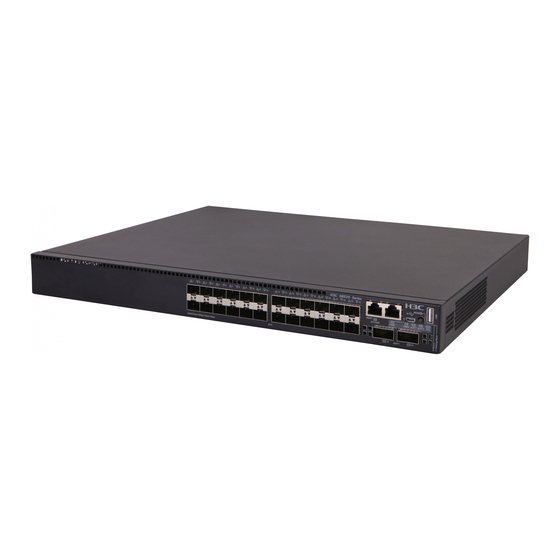
H3C S6520X-EI Series Installation Manual
Hide thumbs
Also See for S6520X-EI Series:
- Installation manual (77 pages) ,
- Hardware information (52 pages) ,
- Manual (35 pages)












Need help?
Do you have a question about the S6520X-EI Series and is the answer not in the manual?
Questions and answers